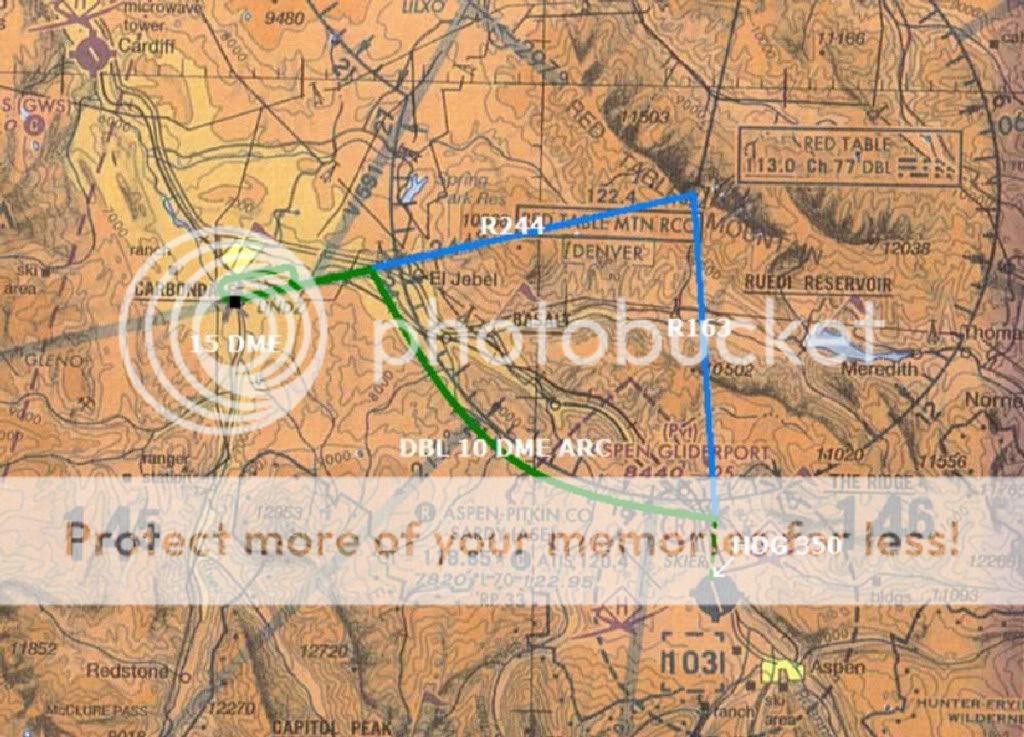So run the numbers on KASE in a C 421 at 700 undergross. Let's say you have 2,000 lbs useful. Will make it? How far can you go with 800 lbs in the cabin at 700 undergross? 500 lbs of fuel is about 75 minutes' fuel. OEI speed is 100 knots. in 10.8 minutes this AC has to make 6000 feet vertically. That's 555 fpm. Well can it do that? MAYBE. You can just make EGE or maybe RIL, maybe GJT if it's VFR. Then you take fuel and really go places.
In the Seneca II, if I depart with 600 lbs (my whole family) and 300 lbs of fuel, I am 600 undergross. I can survive the OEI departure gradient, and either line up for the return approach, or go to RIL, EGE, GJT or APA (the latter two are a fool's errand on one).
Climb gradient at 3870 lbs on one with the add-on wastegates is about 500-550 fpm. at 88 knots, the 18 nm from 8,000 to 14,000 just about takes 12.3 minutes, does it to LINDZ at 14,000.
It won't be fun, however. It's all about gross weight vs climb gradient, vs range.
So do the analysis, I think you need at LEAST a King Air 200 for your task.


